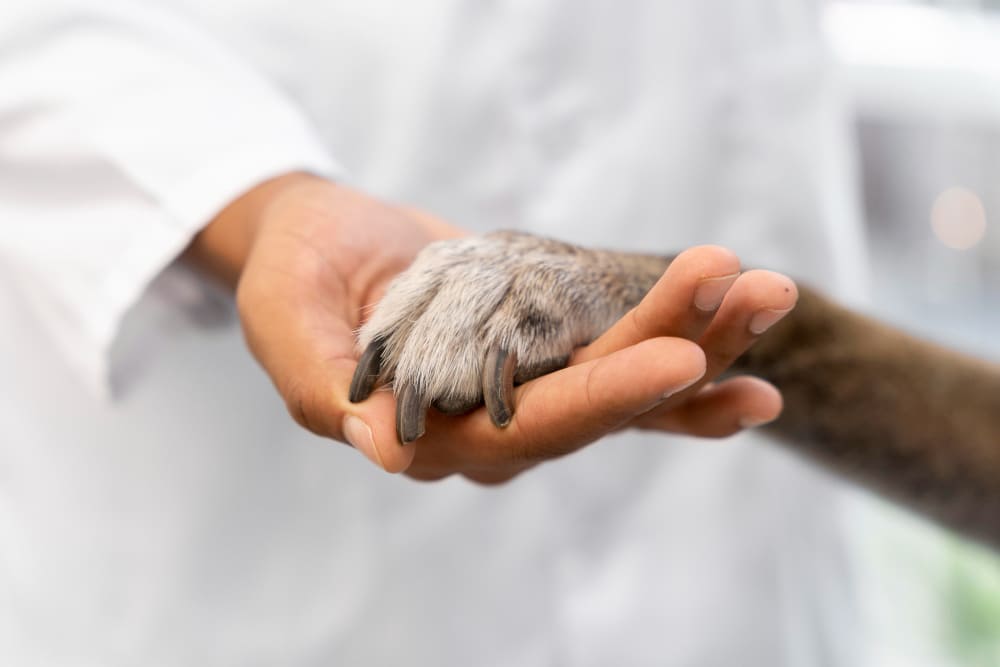Is Your Pet Left-Pawed or Right-Pawed? The Science of Paw Preference

Just like humans are predominantly right- or left-handed, animals too can have a dominant paw. This fascinating phenomenon, known as lateralization, has intrigued scientists and pet owners alike. So, is your furry friend a “lefty” or a “righty”? Let’s explore the science of paw preference and what it reveals about your pet.
🧠 What Is Paw Preference?
Paw preference refers to a pet’s consistent use of one paw over the other when performing tasks, such as:
- Reaching for a toy
- Stepping into their bed
- Holding a treat
- Scratching or digging
This is a sign of brain asymmetry, where one hemisphere of the brain is more active than the other, similar to how humans are left- or right-handed.
🐶 Does Paw Preference Vary Between Species?
Yes! Studies have found paw preference in many animals — from dogs and cats to parrots and even kangaroos. Interestingly:
- About 50% of dogs are right-pawed, 30% are left-pawed, and the rest show no clear preference.
- Cats tend to show a more even split between left and right paw dominance.
- Parrots often use their left foot to pick things up, showing a species-wide preference.
🧪 How to Test Your Pet’s Dominant Paw
You can try a few simple experiments at home:
- Place a treat under a low piece of furniture and see which paw your pet uses to reach it.
- Offer your hand and watch which paw they use to greet you or ask for attention.
- Give a toy that requires interaction (like a treat ball) and note which paw is more frequently used.
Repeat these tests multiple times to see a consistent pattern.
🧬 Why Does It Matter?
Understanding your pet’s paw preference isn't just fun trivia—it can also give insight into their behavior, brain function, and even stress levels. Some research suggests that left-pawed pets may be more reactive to stress or novel situations, while right-pawed animals may be more calm and confident.
🎓 Final Thoughts
Whether your pet is a lefty, righty, or ambidextrous, discovering their paw preference adds another layer of understanding to your bond. So next time your cat bats at a string or your dog offers a high five, take note—it might say more than you think!
